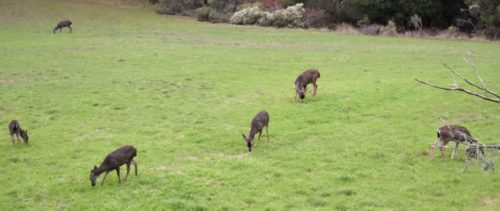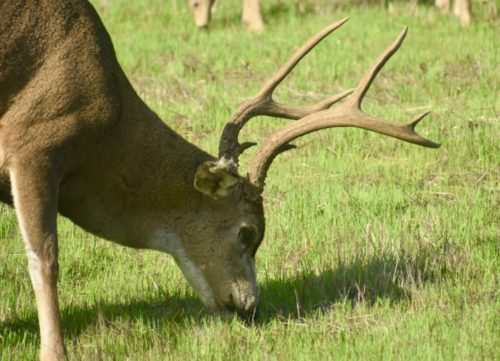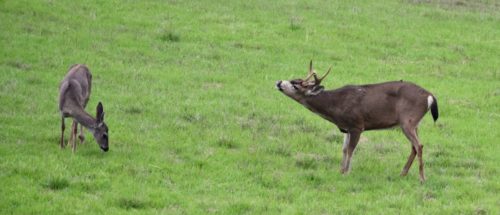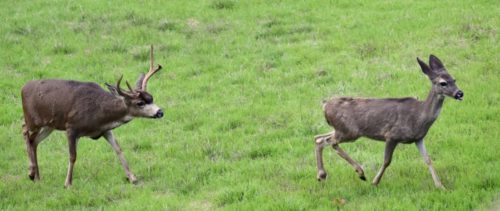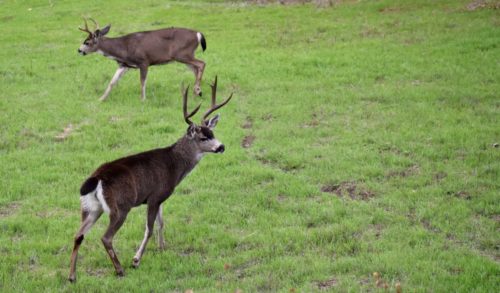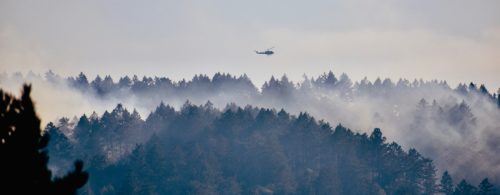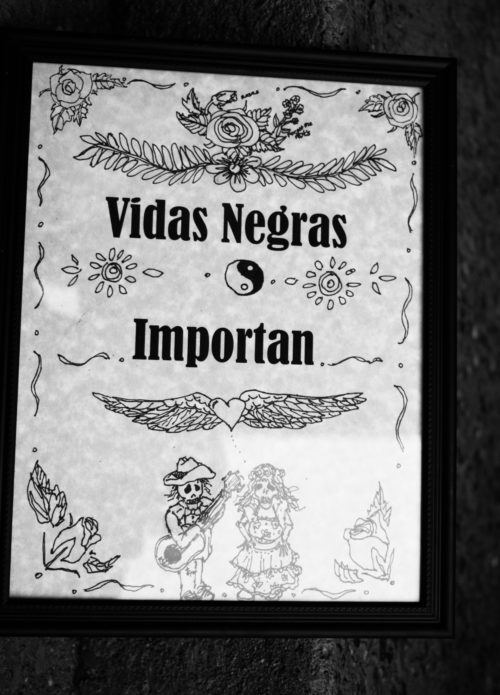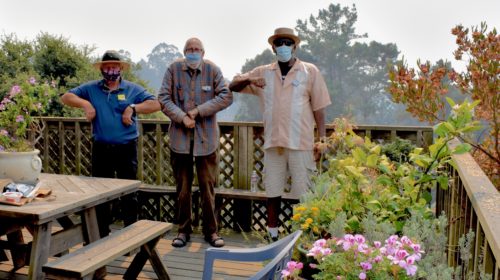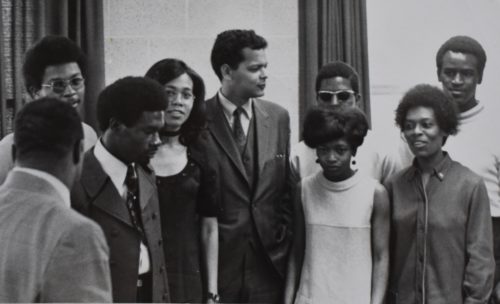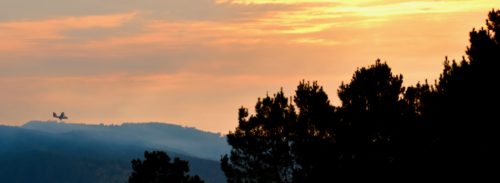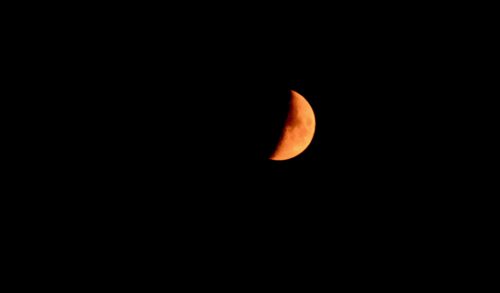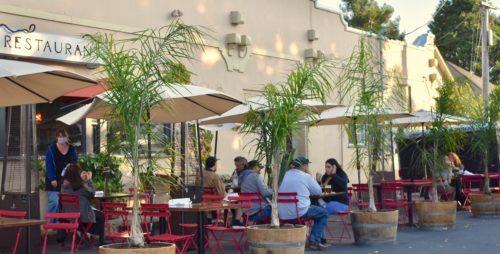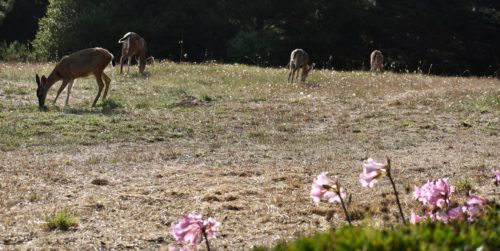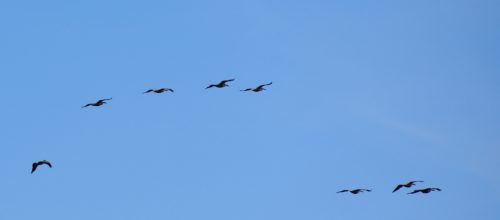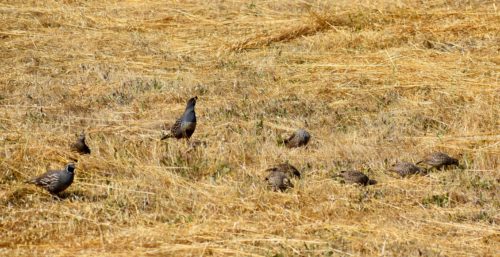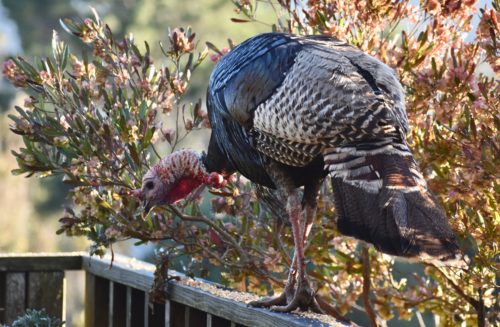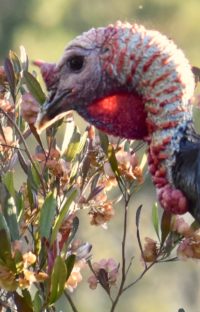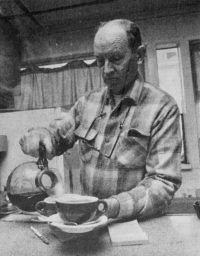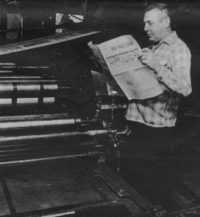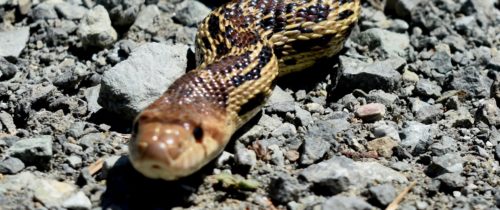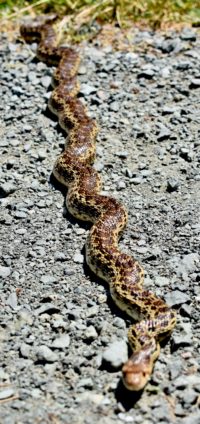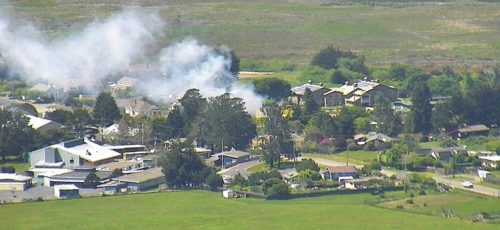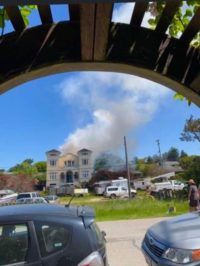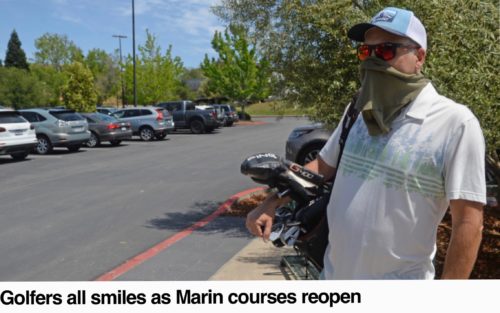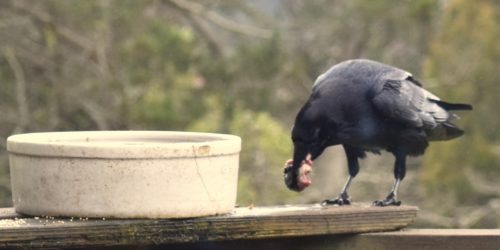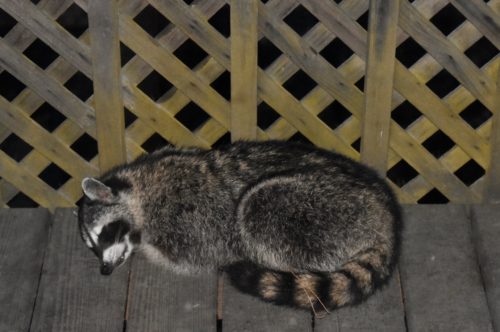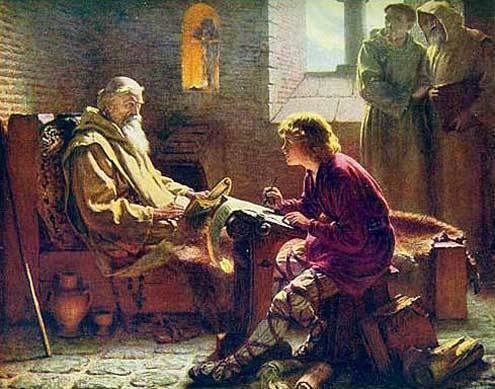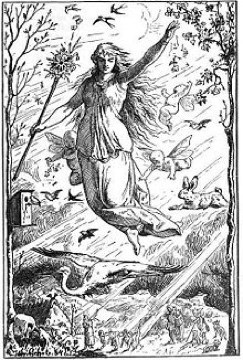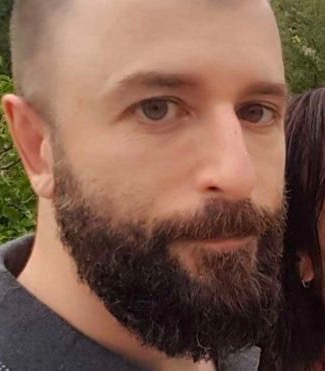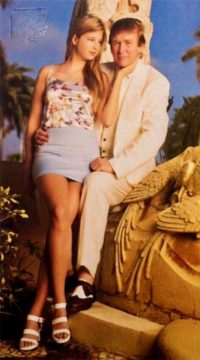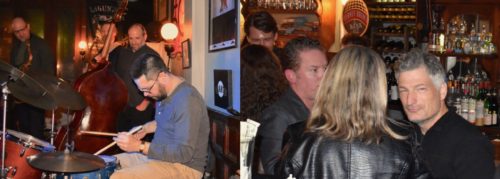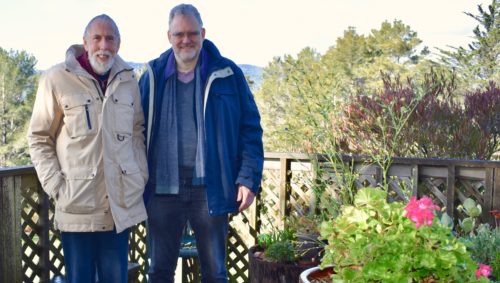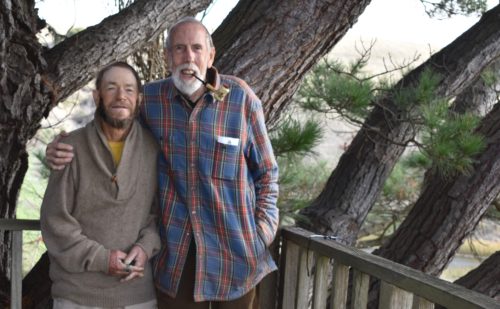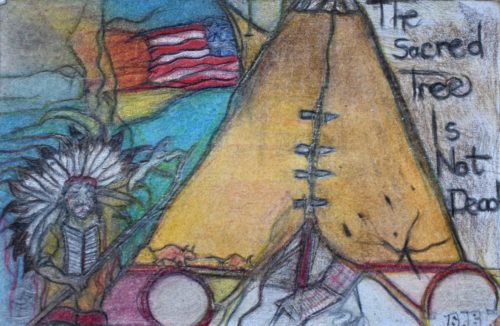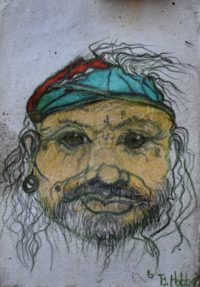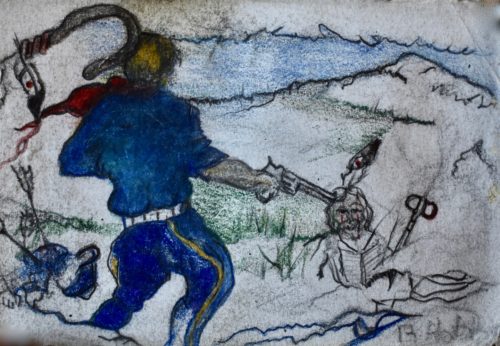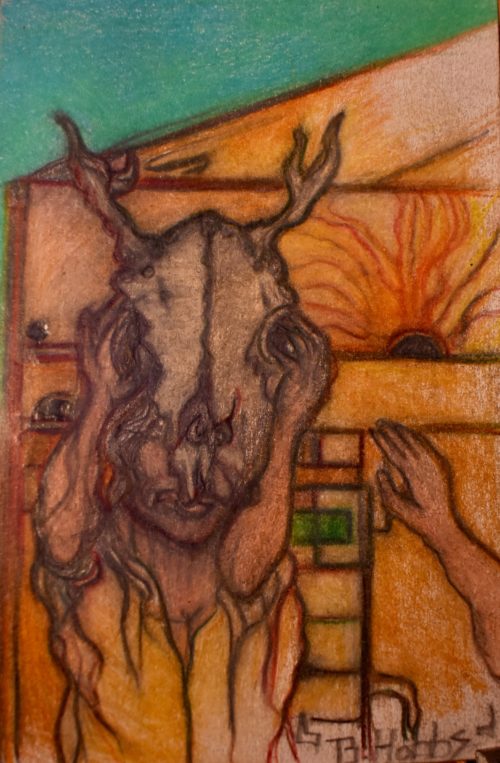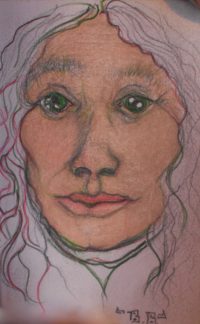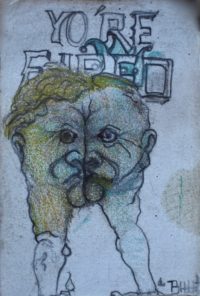Wed 24 Nov 2021
Entering my 79th year
Posted by DavidMitchell under Dave Mitchell, History, Personal, Uncategorized
[5] Comments
Caveat lectorem: When readers submit comments, they are asked if they want to receive an email alert with a link to new postings on this blog. A number of people have said they do. Thank you. The link is created the moment a posting goes online. Readers who find their way here through that link can see an updated version by simply clicking on the headline above the posting.
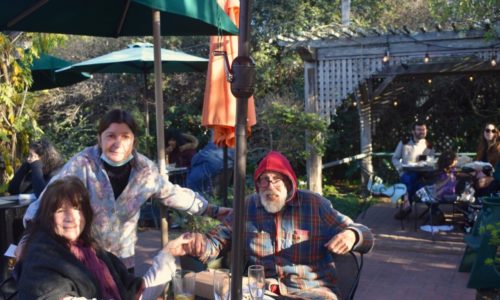
Birthday lunch. Maddy Sobel of Point Reyes Station (standing) took my wife Lynn and me out for lunch at the Station House Cafe Tuesday to celebrate my 78th birthday.
Because of Covid restrictions, the cafe’s only seating was outdoors in the garden, which was attractive but chilly enough to warrant my wearing a hood while eating.
Now in my 79th year, I’m enjoying myself but have problems walking and remembering things. In short, I am definitely slowing down.
When I was born on Nov. 23, 1943, the US was about halfway through our involvement in World War II. My parents and I were living in the Marina District of San Francisco, and though I was too young to understand what I was seeing, my parents later told of freight trains chugging past the Marina Green carrying tanks and other military vehicles to ships heading off for the war in the Pacific.
The one thing I do remember of the war was the Japanese surrender on Sept. 2, 1945. China had been our ally against Japan, and the surrender prompted a massive celebration in Chinatown. Hearing about it, my mother loaded great aunt Amy and me into our family’s Pontiac and drove across town so we could see it first hand. The merriment no doubt was exciting, but as a two year old, I found it terrifying. Firecrackers were exploding everywhere, and as we headed up Grant Avenue, they started raining down on our car from overhead balconies. The traffic was so heavy, mom couldn’t immediately drive away, and for the next couple of years, loud noises — even from kids’ cap guns — frightened me.
Merely growing up in the United States has meant my lifetime’s been filled with warfare: World War II (1941-45); the Korean War (1950-53); the Vietnamese, Laotian, and Cambodian Wars (1956-75); two wars in Iraq (1990-91 and 2014-17); and the Afghan War (2001-present). I never fought in any of these wars, but I did witness a couple of others. In 1984, while working as a reporter for The San Francisco Examiner, I was sent to Central America to cover the wars then being fought in El Salvador and Guatemala. All this left me with a sense that the world is never going to be peaceful, at least not in my lifetime.
Just keeping happy is enough for me these days. I spend afternoons carrying armloads of firewood into the living room and spend evenings sitting by the fireplace, smoking, listening to jazz from an earlier era, and chatting with Lynn when she’s not in the bedroom watching British murder mysteries on the TV. Keep calm and carry on, she says.

